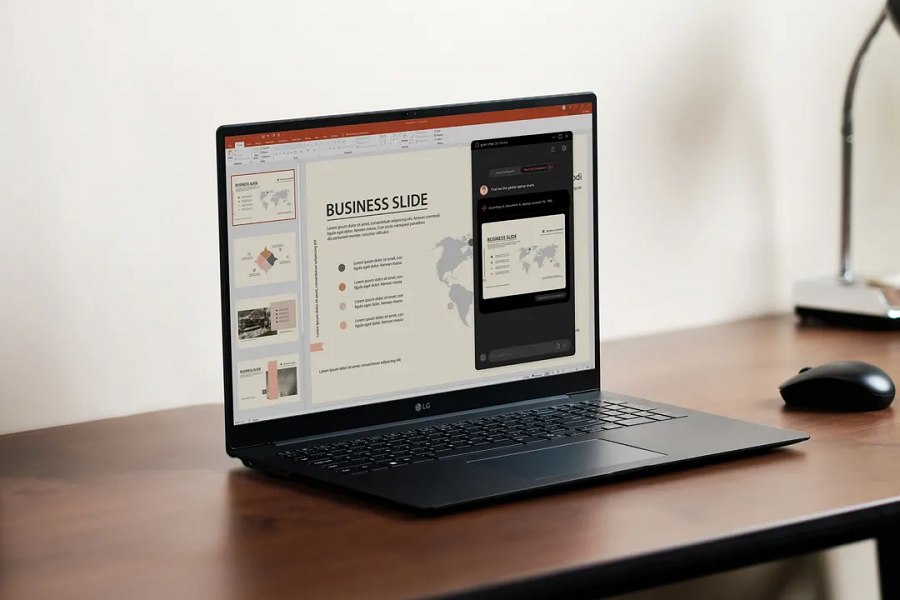![]()
Ireland boasts a growing safety tech start-up sector, a strong regulatory position and an impressive cybersecurity workforce.
A new international report suggests that Ireland has a strong and emerging safety tech sector, which could put it at an advantage on the global stage.
Safety tech operates at the intersection of cybersecurity and cyber safety. While cybersecurity protects data, systems and networks, safety tech is about protecting people.
According to the International State of Safety Tech 2024 report, Ireland is home to around 2,600 trust and safety professionals – one in 12 of the trust and safety workforce globally.
The country also hosts a significant cybersecurity workforce and ecosystem, which complements the safety tech sector.
The report identified 10 key Irish safety tech start-ups employing close to 200 people. These include NewsWhip, which focuses on the impact of news and reputation, Ceartas, an anti-piracy start-up that raised $4.5m in funding earlier this year, and CaliberAI, which aims to clamp down on defamation and hate speech.
As well as the start-up ecosystem, Ireland is also set to play a central role in shaping future online safety regulations, particularly because it is Europe’s primary data hosting market. Additionally, Coimisiún na Meán has been created to enforce the EU Online Safety Code and to ensure platforms protect users from dangerous content.
Eoin Byrne, cluster manager at Cyber Ireland, said these strengths mean the country can address pressing online safety challenges and drive innovation.
“Through targeted investments, collaborative public-private partnerships and a commitment to safety tech, Ireland can create jobs, stimulate the economy, drive innovation and contribute significantly to safer online experiences worldwide,” he said.
Outside of Ireland, the report showed a mixed picture for Europe, though pointed to some key areas of growth in Germany and the Netherlands, both of which are home to “a rapidly maturing counter-disinformation civil society, media and start-up ecosystem”.
Threats to the sector
While the report showed a promising trajectory for the safety tech sector, it also highlighted key challenges that could hinder its growth.
The uncertainty around the regulatory landscape could make it difficult for safety tech players to effectively roadmap their plans and make it difficult to capitalise on opportunities.
Safety tech providers also rely on high-quality recent date from major platforms such as Meta and X, but with these platforms restricting researcher and commercial access in recent months, this could create a barrier.
Similar to other areas in tech, access to financing remains a key challenge for the safety tech sector.
The report was commissioned by Paladin Capital Group and completed by Public’s online safety team with the support of Perspective Economics and leading cyberpsychologist Dr Mary Aiken.
“With threat actors increasingly spreading disinformation, extremism and illegal content, and exploiting AI in, for example, the generation of deepfakes, it is encouraging that this report shows the global safety tech sector is steadily growing and expanding to a host of new countries,” said Aiken, who is also the chief scientist of safety tech at Paladin.
“Safety tech solutions offer a means to leverage cutting-edge technologies to protect people worldwide and tackle problematic, harmful and criminal activities online. Through tech-facilitated solutions, we can foster a safer and more secure cyberspace – for today and for the future.”
Don’t miss out on the knowledge you need to succeed. Sign up for the Daily Brief, Silicon Republic’s digest of need-to-know sci-tech news.










Leave a Comment